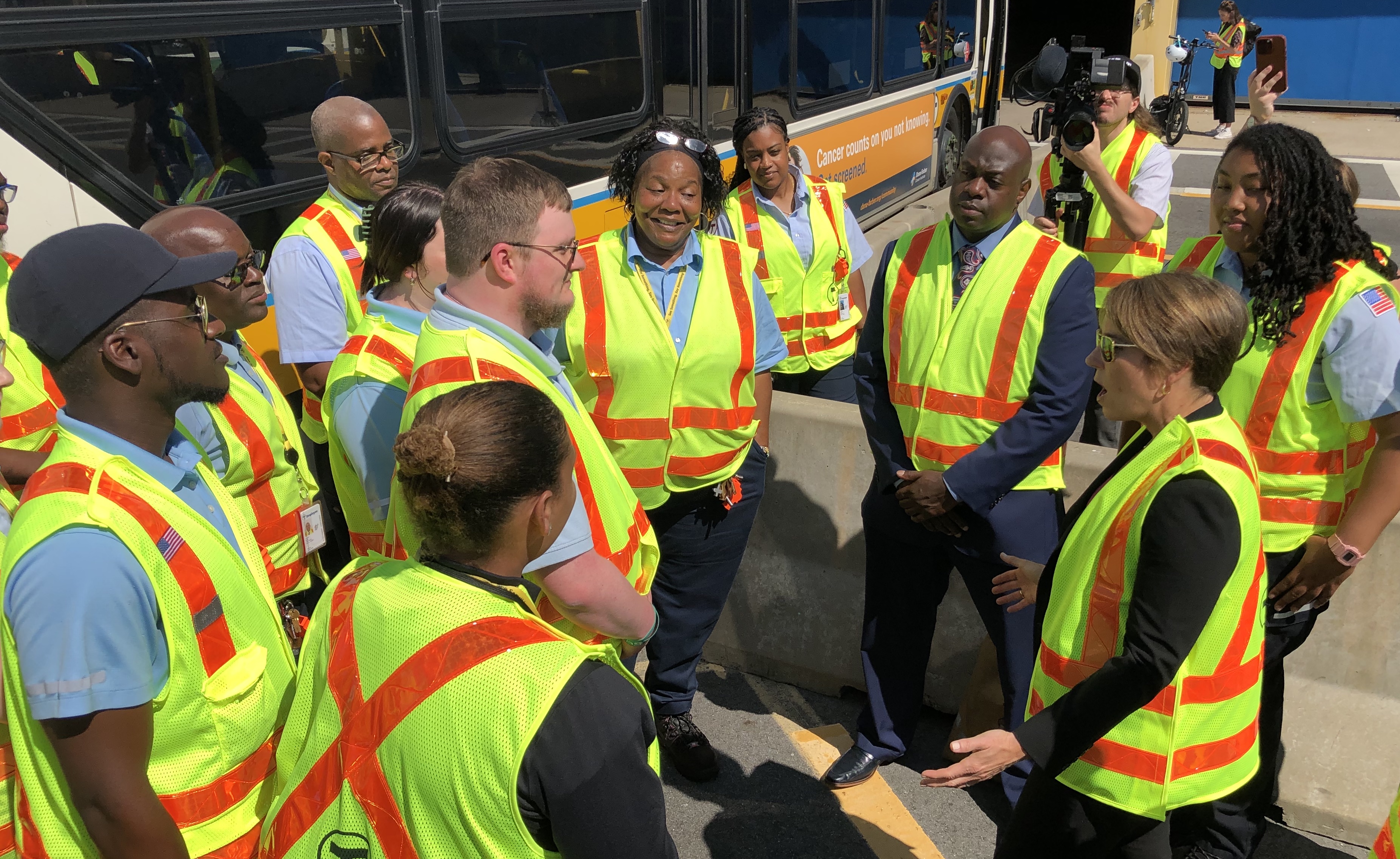Koopzilla24
Active Member
- Joined
- Dec 20, 2022
- Messages
- 273
- Reaction score
- 721
I would like to point out the 86 runs quite consistent 20-25min service for most of the day on Saturdays not 35-45. That’s my local ride or die route a can’t let it be misrepresented it’s come in absolutely clutch numerous times with how late it’s runs and how many key destinations it connects toThere is a huge lack of high frequency crosstown routes, especially on the north and east side of Greater Boston. Many crosstown routes like the 21, 86, 89, and 110 have poor low frequencies and long headways. Malden Center has no crosstown connection to the Red Line, and the 411 route is extremely indirect and barely runs.
Getting from Cambridge/Davis Sq. over to Malden/Everett/Charlestown is extremely difficult. The 86, 91, and 89 run 35 - 45 minute frequencies midday, evenings, and weekends. This means to get from Harvard to Sullivan, the faster route would still be to travel all the way to Downtown Crossing, then travel back northbound on the Orange Line. This trip would take about 30 minutes, versus waiting 35 minutes for the next 86 bus and a 20 minute bus ride to Sullivan.



